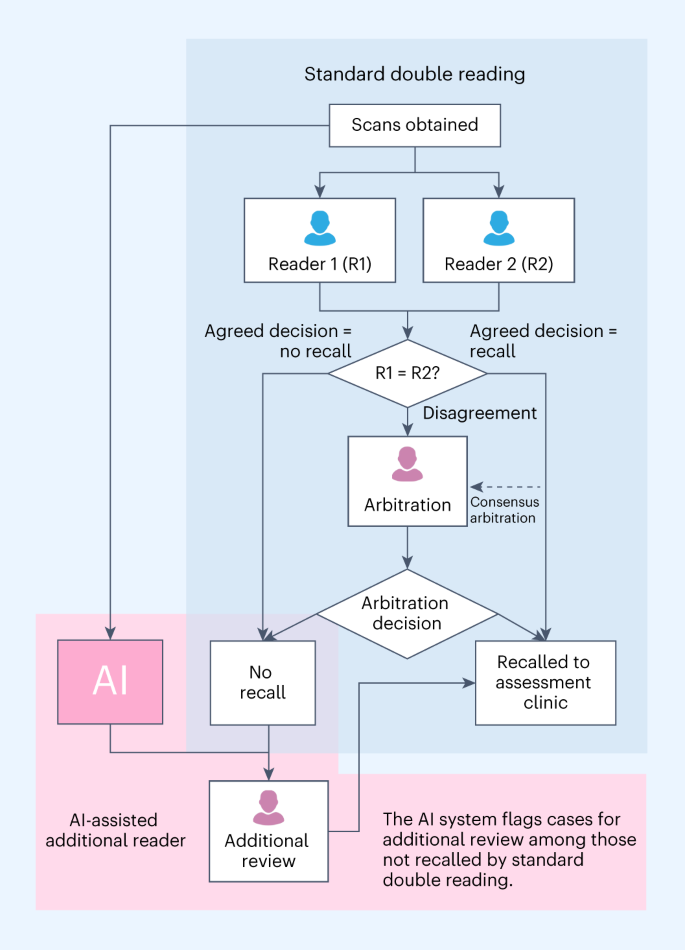2023-11-22 スイス連邦工科大学ローザンヌ校(EPFL)
 Blood vessels © iStock 2023
Blood vessels © iStock 2023
◆従来の技術は小さなインプラントには適しておらず、生体液を通過しないため、生体分子通信が提案されています。この手法は生物分子を情報の運搬手段として利用し、分子の放出・非放出でビットをエンコードします。MoMA(Molecular Multiple Access)プロトコルを導入した研究では、分子ネットワークを実現し、既存技術を大幅に凌駕する結果が得られました。将来的には実際の体内実験が必要ですが、この手法が新しい形態のコミュニケーションとしての可能性を示しています。
<関連情報>
実用的でスケーラブルな分子ネットワークを目指して Towards Practical and Scalable Molecular Networks
Jiaming Wang,Sevda Öğüt,Haitham Al Hassanieh,Bhuvana Krishnaswamy
ACM SIGCOMM ’23: Proceedings of the ACM SIGCOMM 2023 Conference Published:01 September 2023
DOI:https://doi.org/10.1145/3603269.3604881
ABSTRACT
Molecular networks have the potential to enable bio-implants and biological nano-machines to communicate inside the human body. Molecular networks send and receive data between nodes by releasing molecules into the bloodstream. In this work, we explore how we can scale molecular networks from a single transmitter single receiver paradigm to multiple transmitters that can concurrently send data to a receiver. We identify unique challenges in enabling multiple access in molecular networks that prevent us from using standard multiple access protocols. These challenges include the lack of synchronization and feedback, the non-negativity of molecular signals, the extremely long tail of the molecular channel leading to high ISI (Inter-Symbol-Interference), and the limited types of molecules that can be used for communication. We present MoMA (Molecular Multiple Access), a protocol that enables a molecular network with multiple transmitters. We introduce packet detection, channel estimation, and encoding/decoding schemes that leverage the unique properties of molecular networks to address the above challenges. We evaluate MoMA on a synthetic experimental testbed and demonstrate that it can scale up to four transmitters while significantly outperforming the state-of-the-art.


